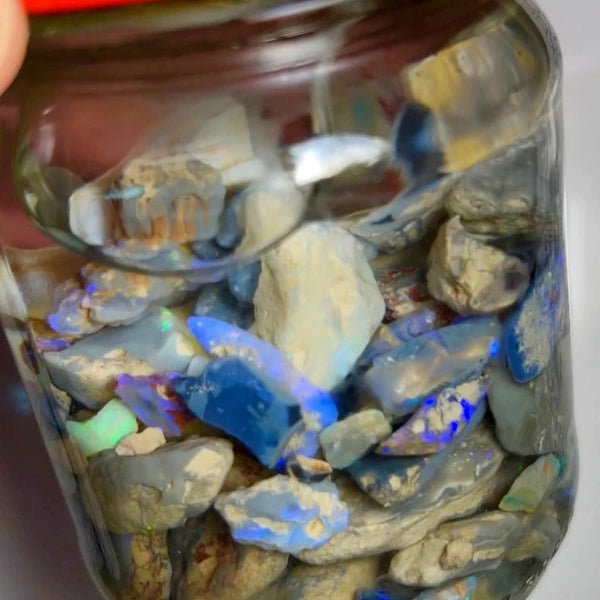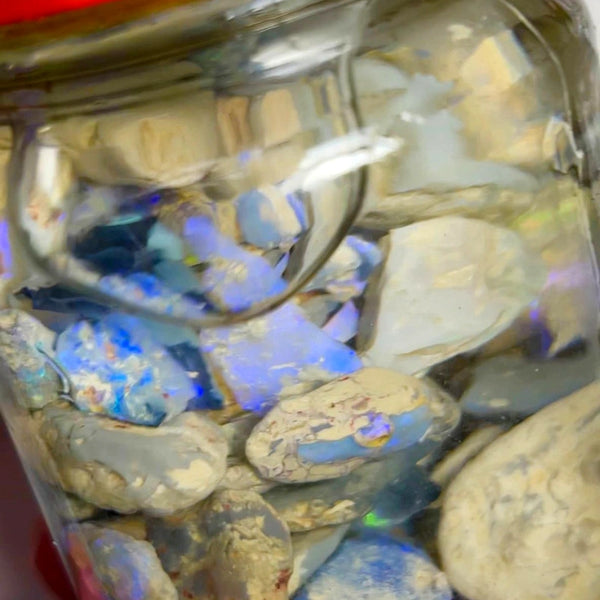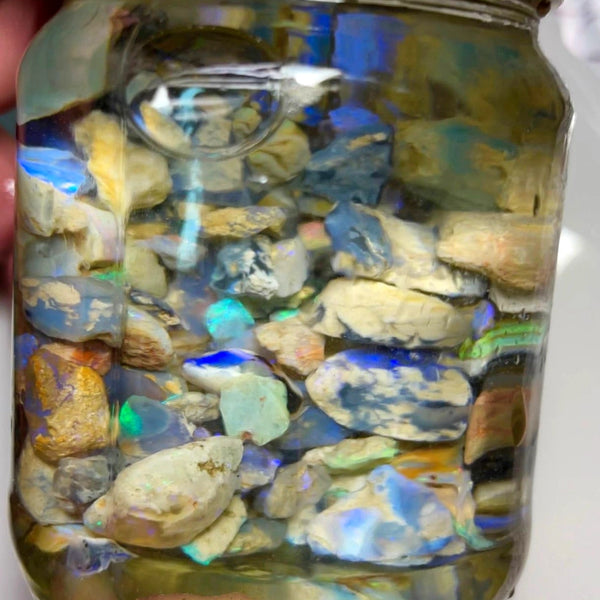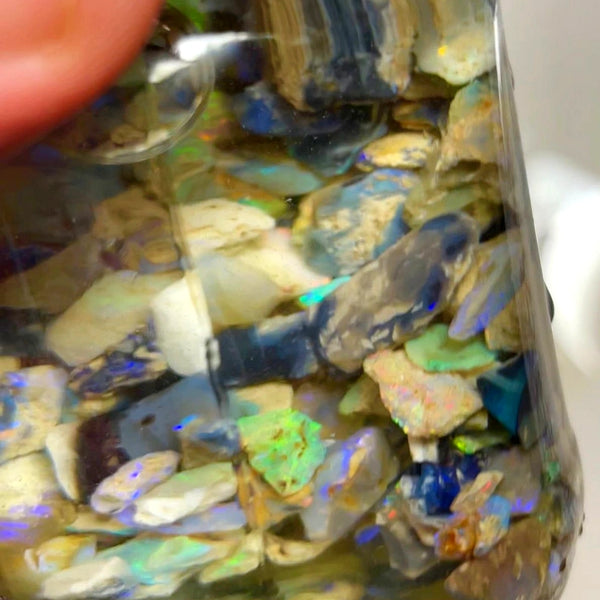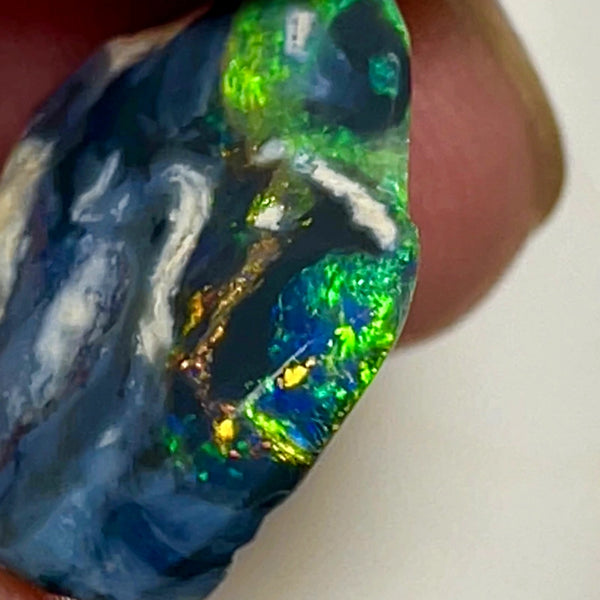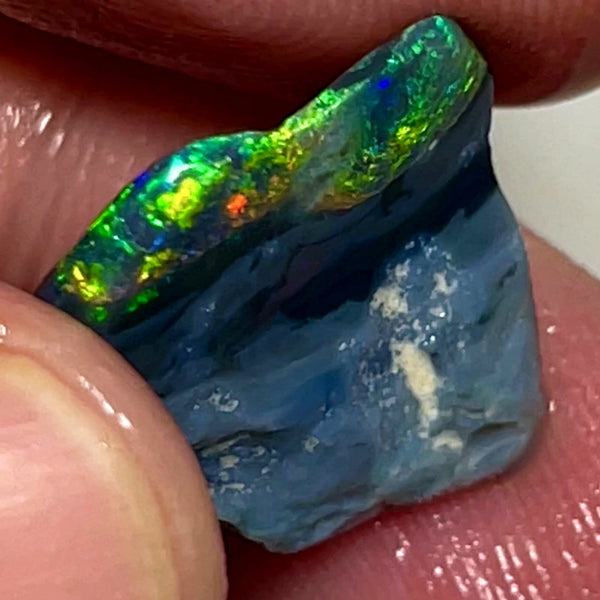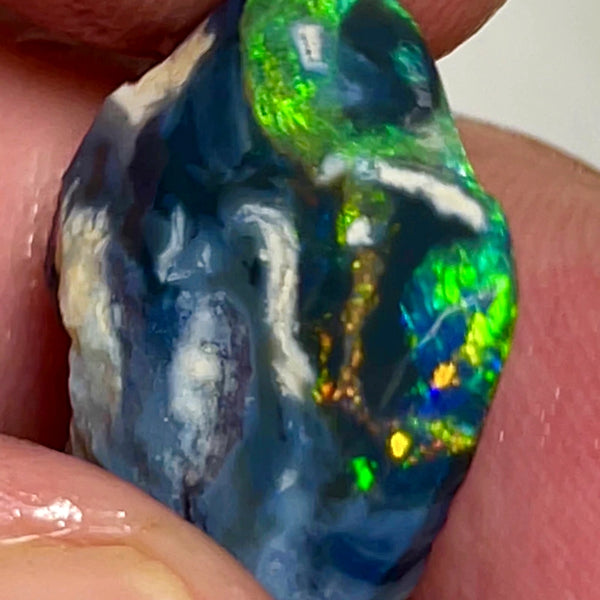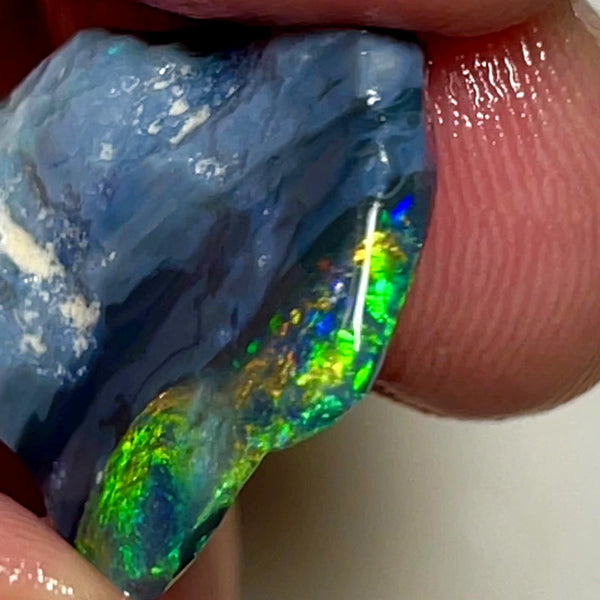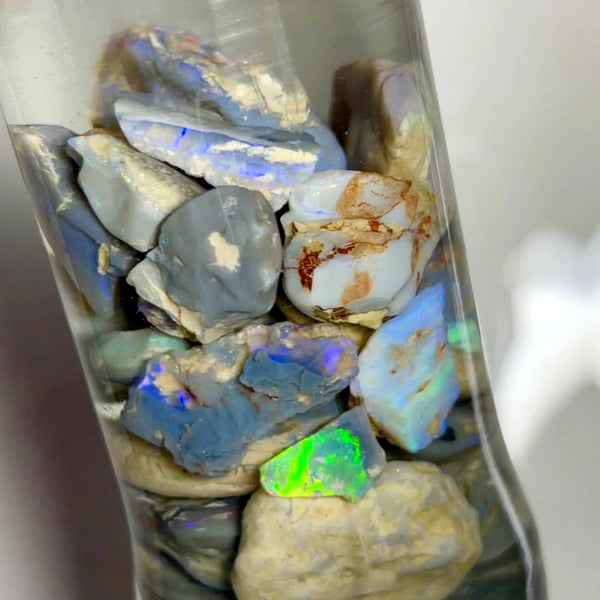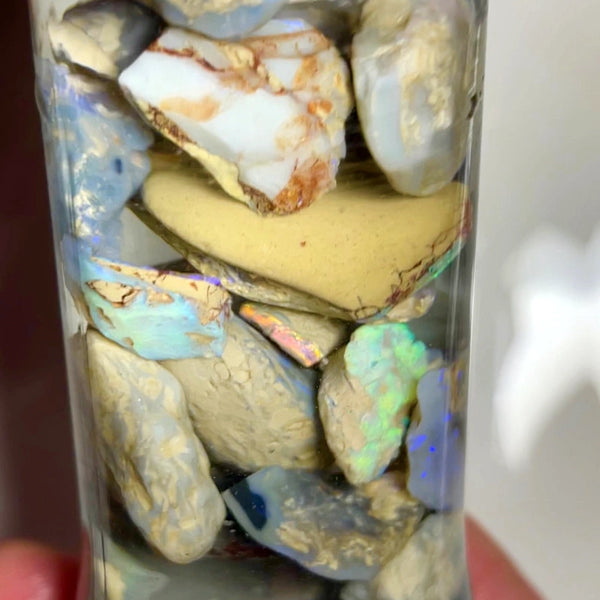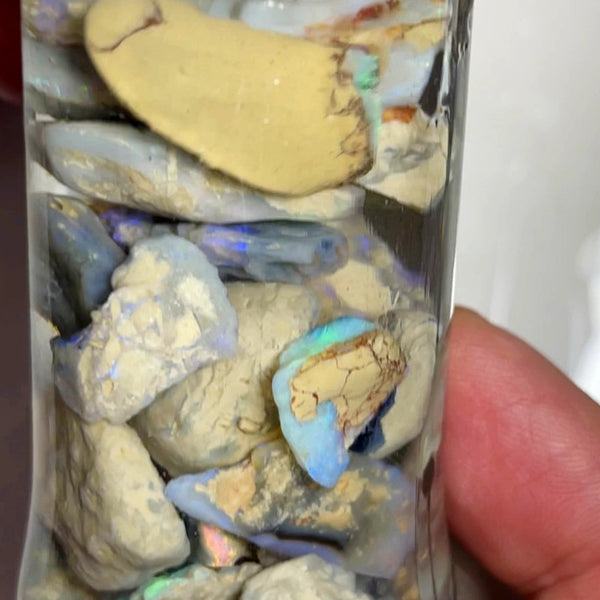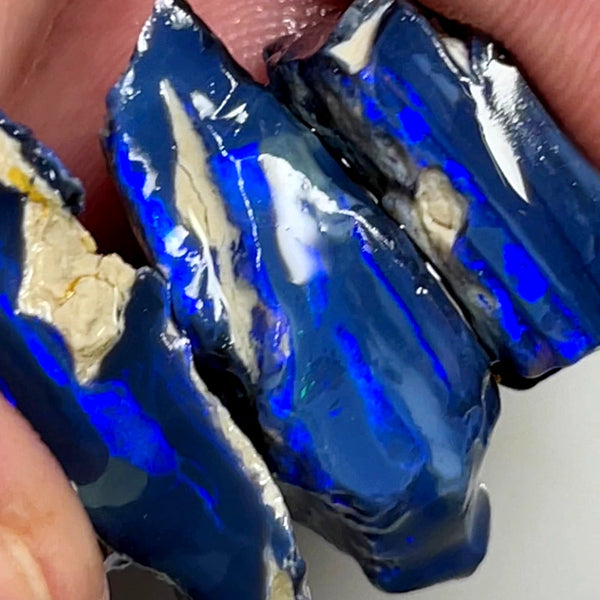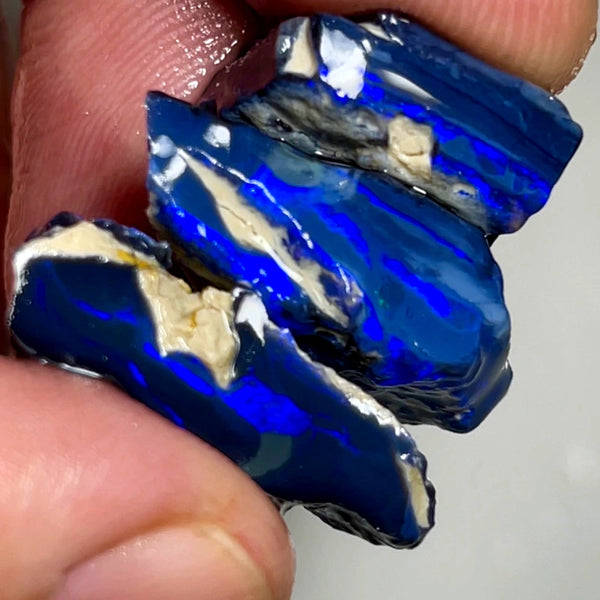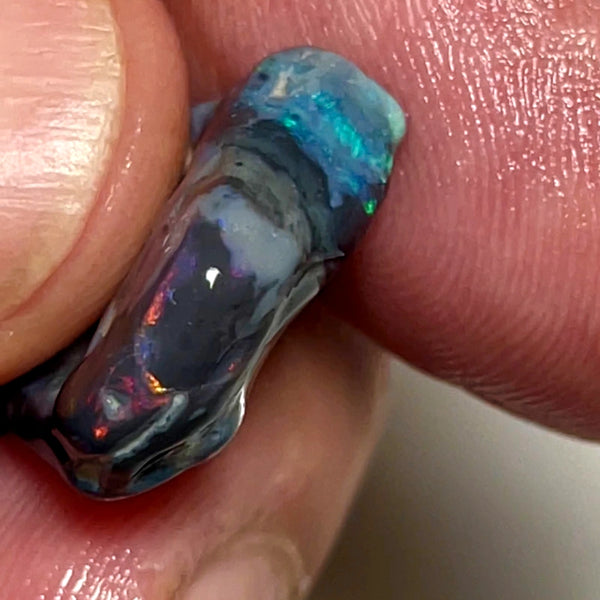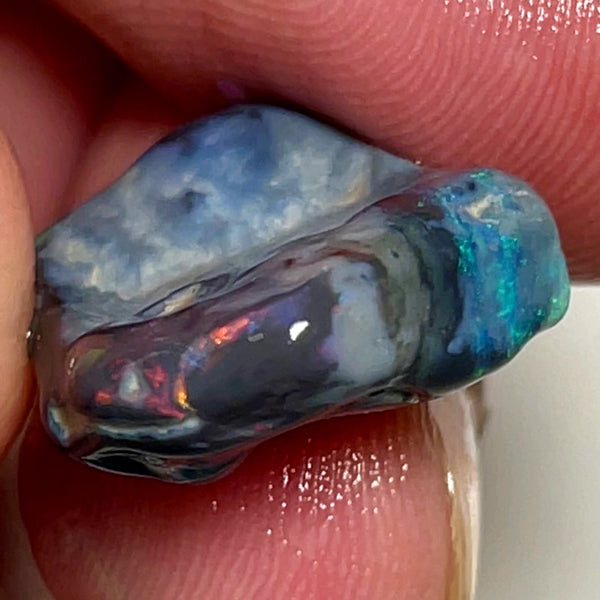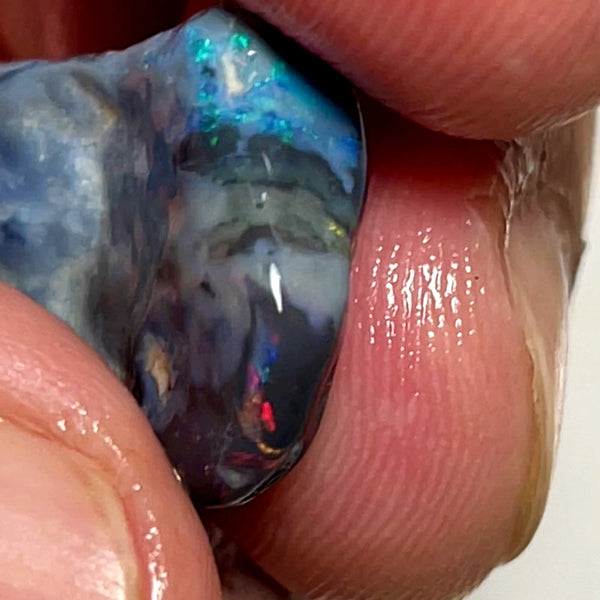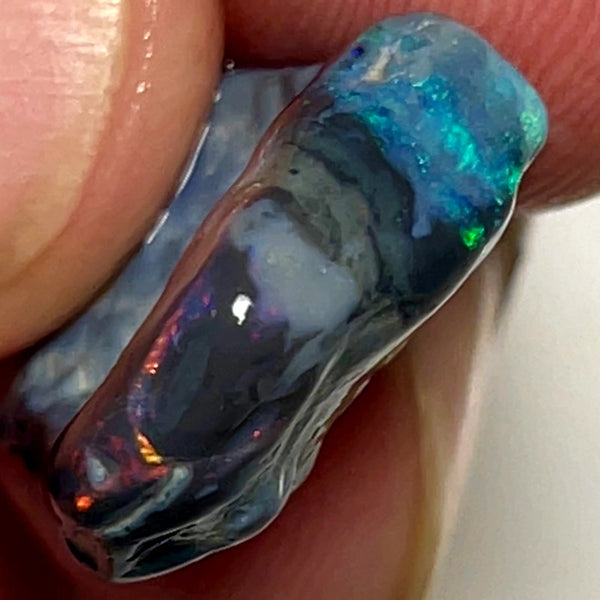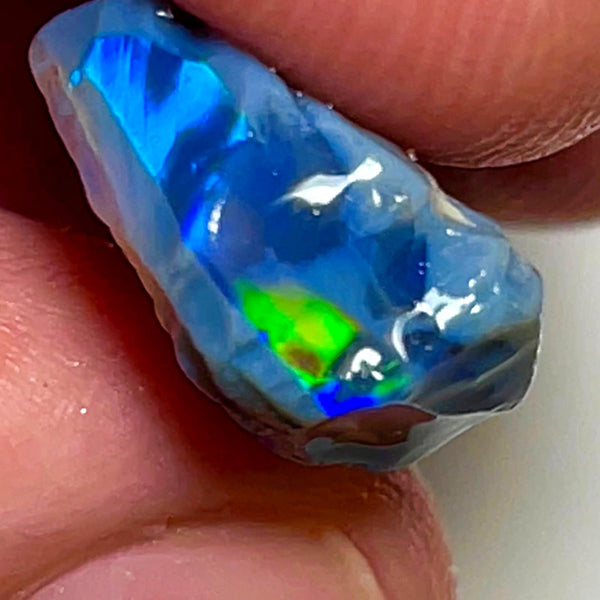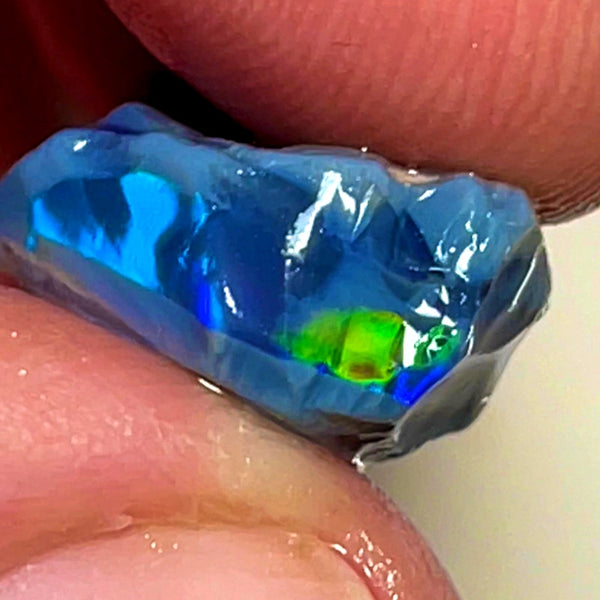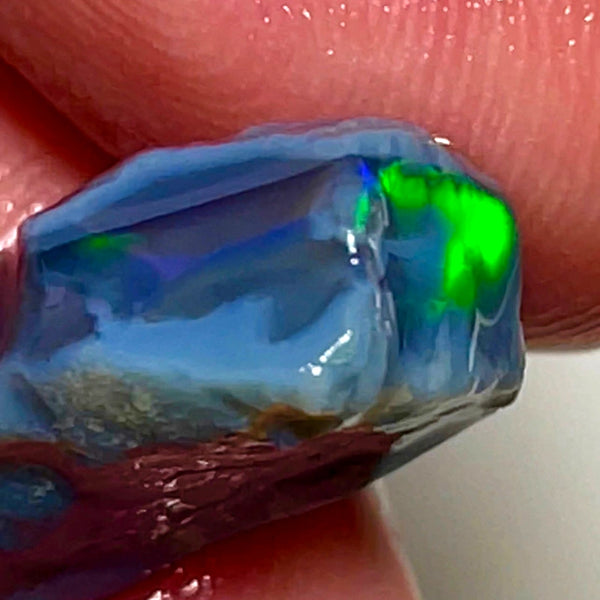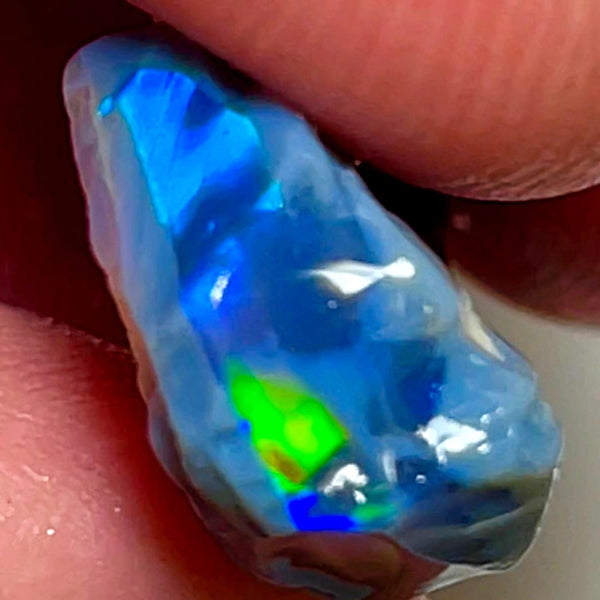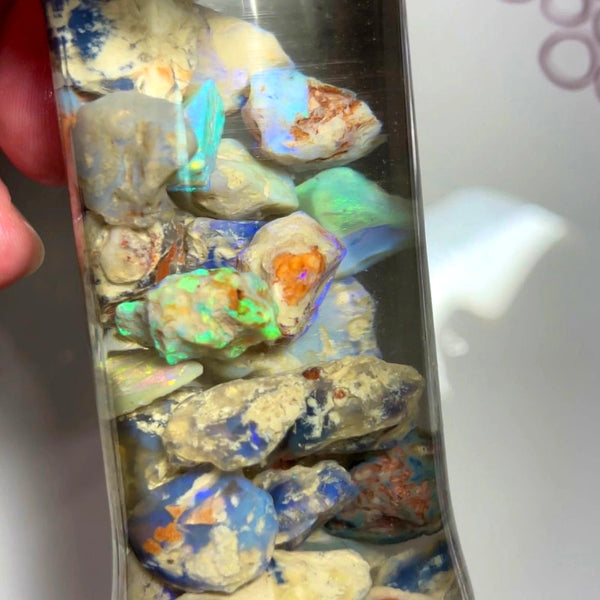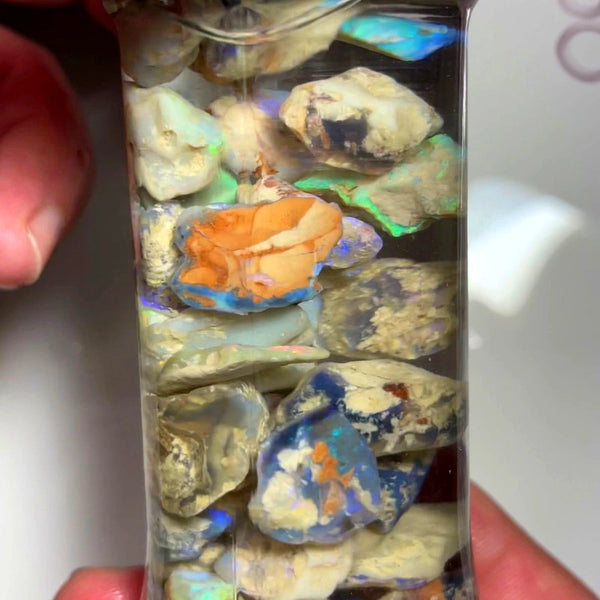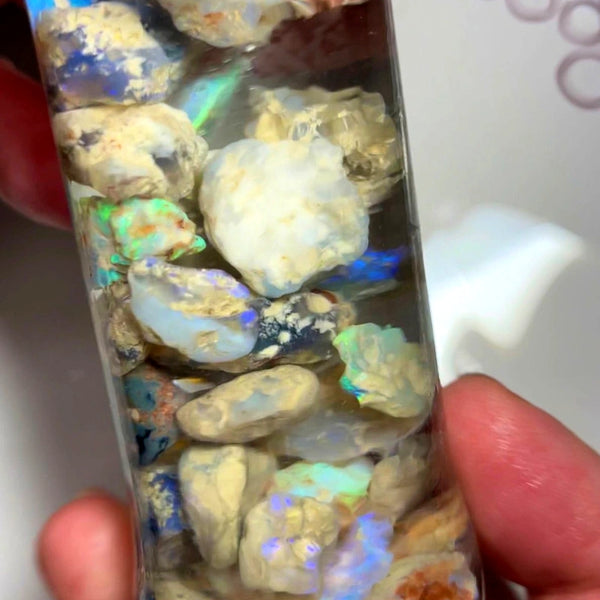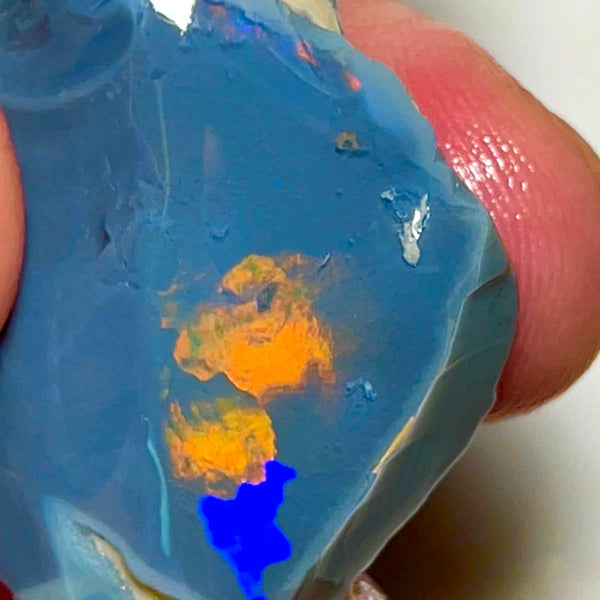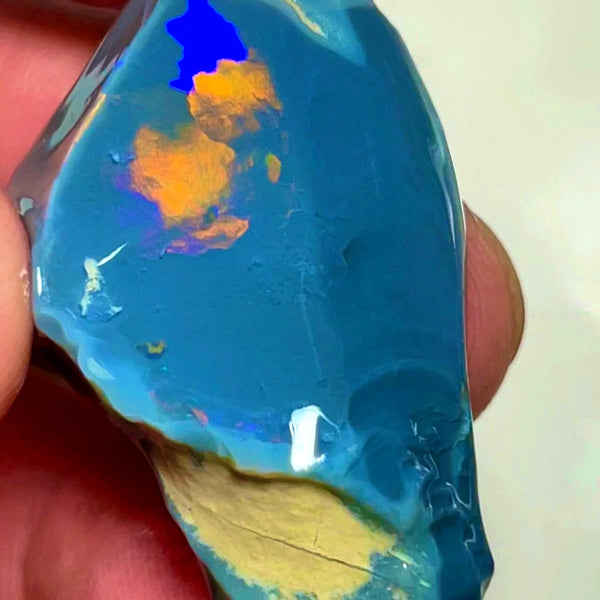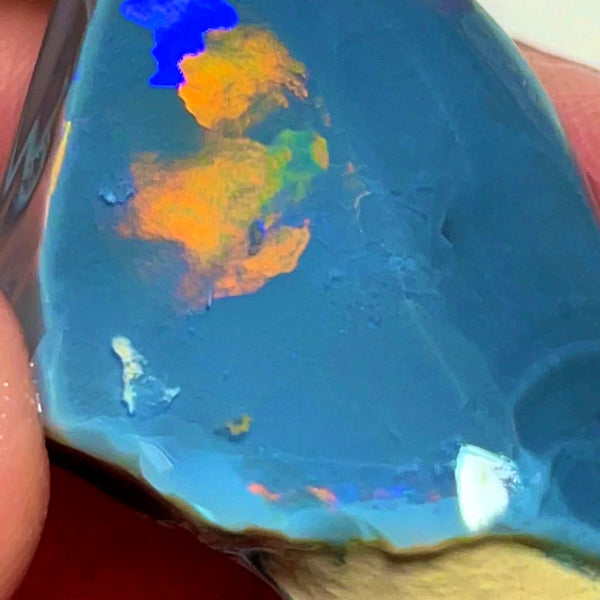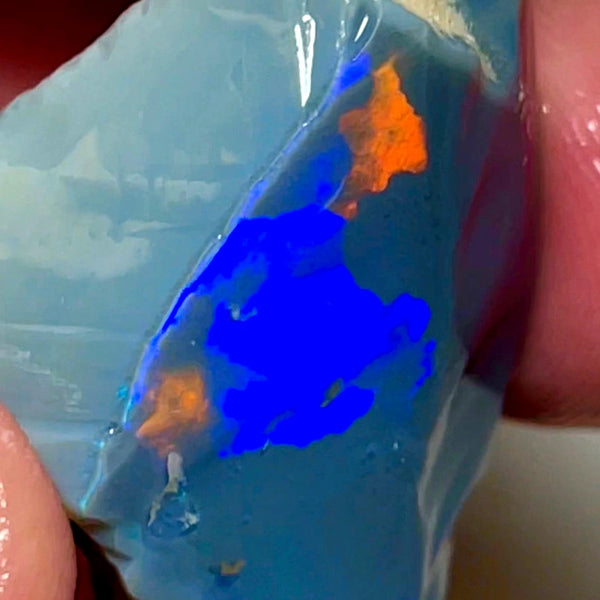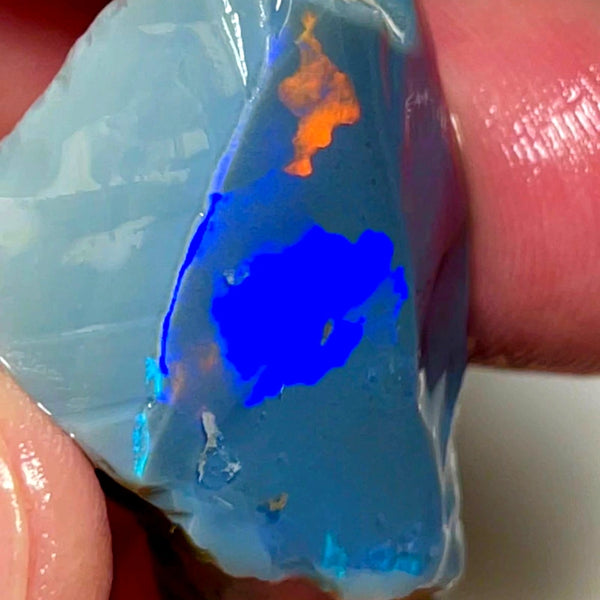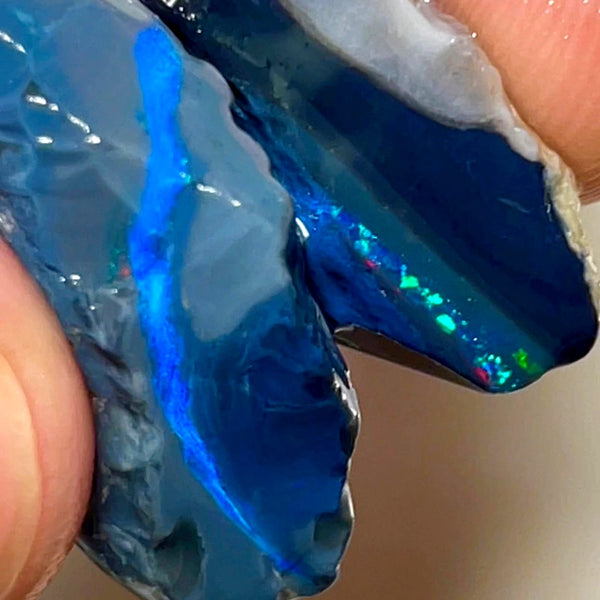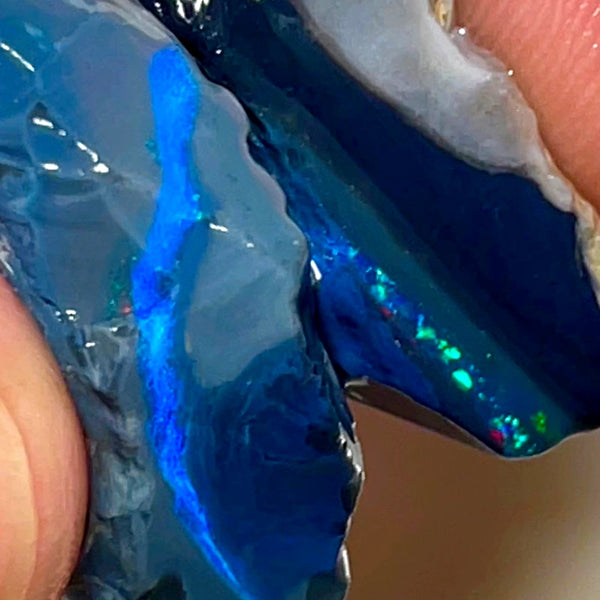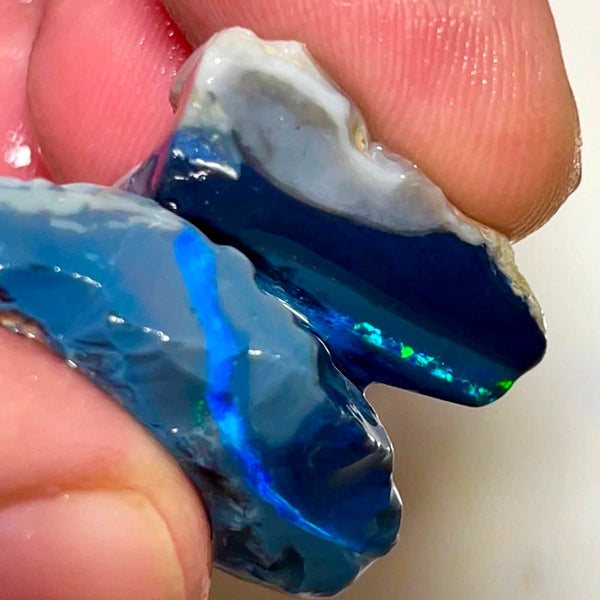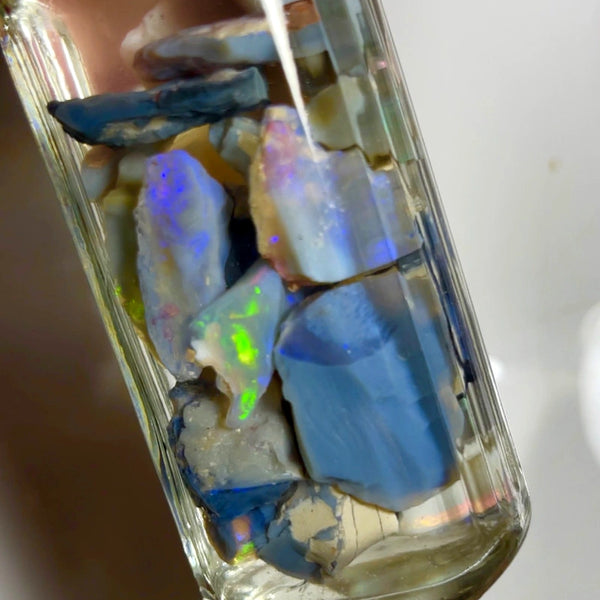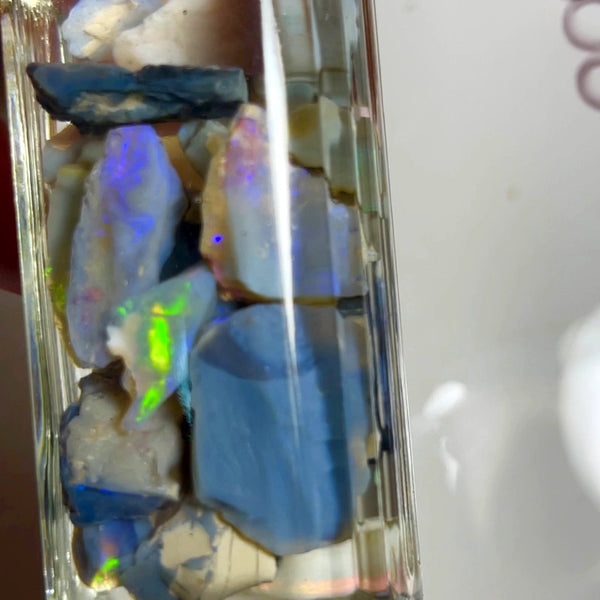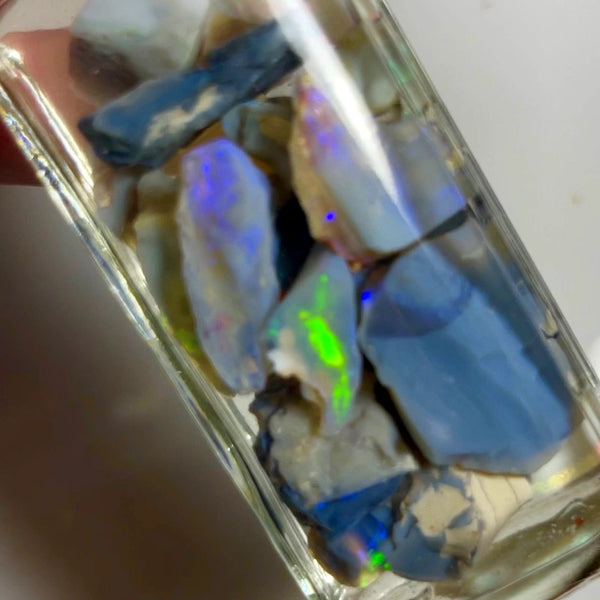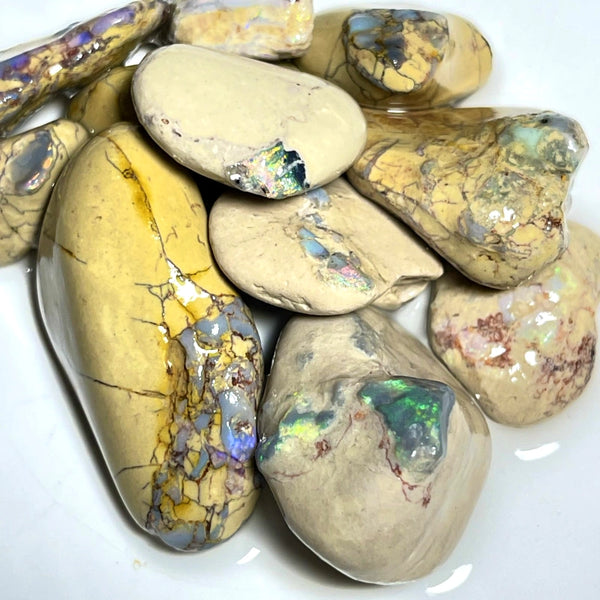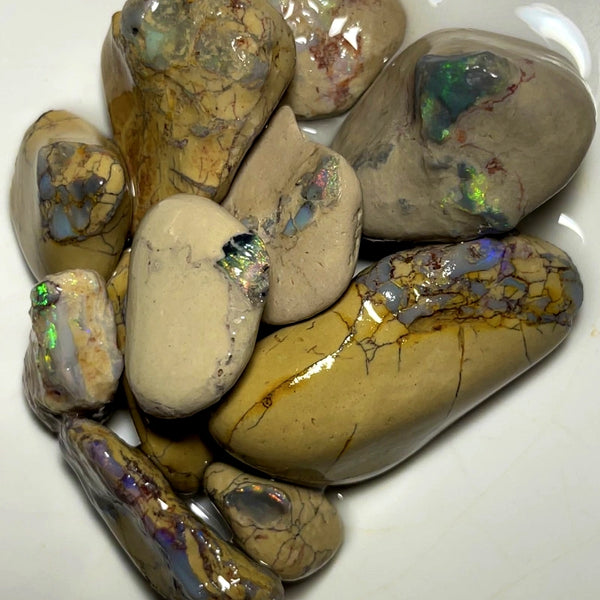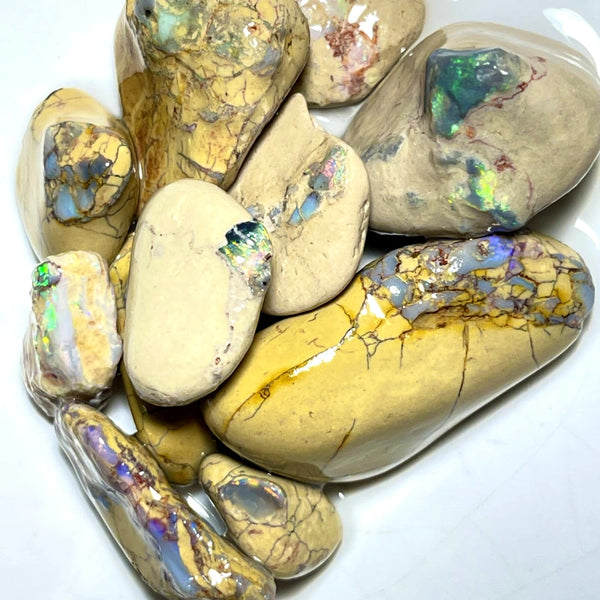Opals are one of the most fascinating gemstones in the world. Their unique play of colors and mesmerizing patterns make them highly sought after by collectors and jewelry enthusiasts. As a gemmologist, it is essential to understand the nomenclature classification and assessment of opals to accurately evaluate their quality and value. In this blog post, we will explore the key factors that gemmologists consider when assessing opals.
What is Opal Nomenclature Classification?
Opal nomenclature classification refers to the system used to categorize and describe different types of opals. The Australian Gemmological Association (AGA) has established a widely accepted classification system that takes into account various characteristics of opals, including their body tone, brightness, transparency, pattern, and color combinations.
Body Tone and Brightness
The body tone of an opal refers to the overall color of the stone, ranging from black to white. Gemmologists assess the body tone on a scale from N1 (black) to N9 (white). The brightness of an opal is determined by the intensity of its color play. It is graded on a scale from 1 (dull) to 5 (brilliant).
Transparency and Pattern
Transparency is an important factor in opal assessment. It refers to the degree to which light can pass through the stone. Opals can be transparent, translucent, or opaque. Gemmologists also consider the pattern of an opal, which refers to the arrangement and distribution of colors within the stone. Patterns can include harlequin, pinfire, rolling flash, and many others.
Color Combinations and Hue
Opals are renowned for their vibrant color play. Gemmologists evaluate the color combinations present in an opal, considering the range and intensity of colors. The hue of an opal refers to the dominant color observed, such as red, blue, green, or yellow. The presence of multiple hues can enhance the value of an opal.
Inclusions Percentage and Distribution of Face
Inclusions are natural imperfections found within opals. Gemmologists assess the percentage of inclusions present in a stone, as well as their distribution. Opals with a lower percentage of inclusions and a more evenly distributed face are considered to be of higher quality.
Shape, Carats, and Quality of Cut
The shape of an opal can vary, with popular options including oval, round, and pear. Gemmologists also consider the carat weight of the stone, which affects its value. Additionally, the quality of cut plays a crucial role in opal assessment. A well-cut opal will maximize its color play and brilliance.
Understanding the nomenclature classification and assessment of opals is essential for gemmologists to accurately evaluate their quality and value. By considering factors such as body tone, brightness, transparency, pattern, color combinations, inclusions percentage, distribution of face, shape, hue, carats, and quality of cut, gemmologists can provide valuable insights to collectors and buyers. So, the next time you come across a stunning opal, you'll have a deeper appreciation for its unique characteristics.



